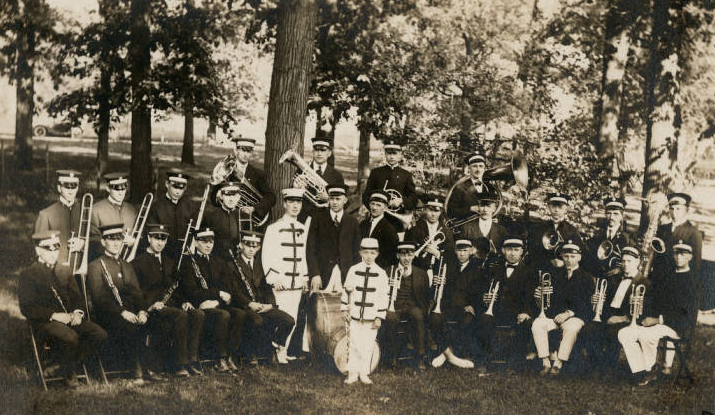Digital Davie shares glimpses of Davie County history through digital images of the people, places, institutions, and events that have shaped the county in the past and continue to do so today.
Digital Davie makes extensive use of the research published in the book History of Davie County in the Forks of the Yadkin by James W. Wall, Davie County historian, whose dedication and lifelong interest in promoting county history are much appreciated by the citizens of Davie County.
